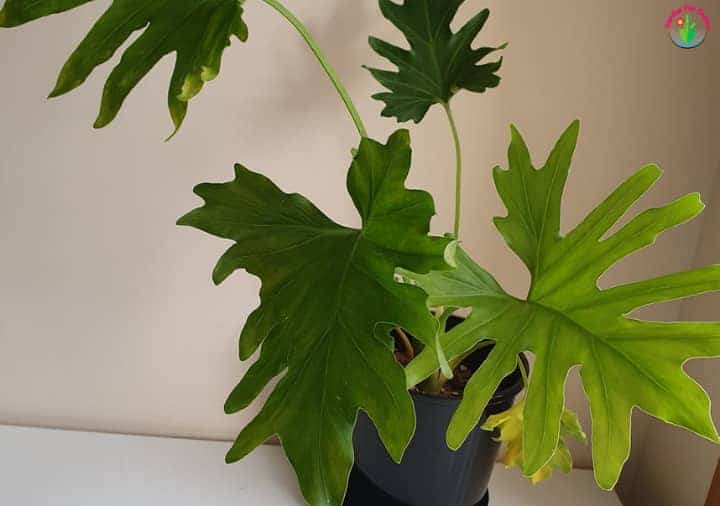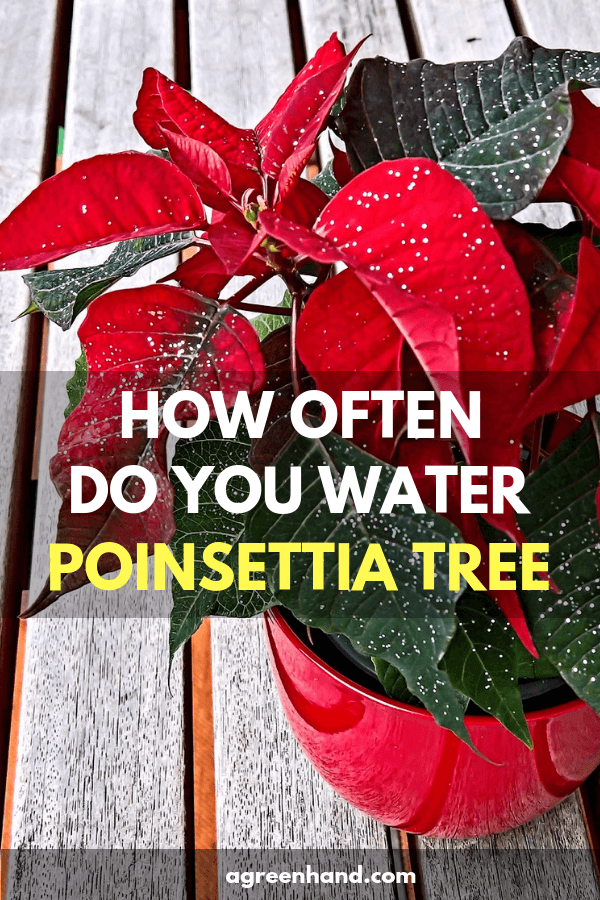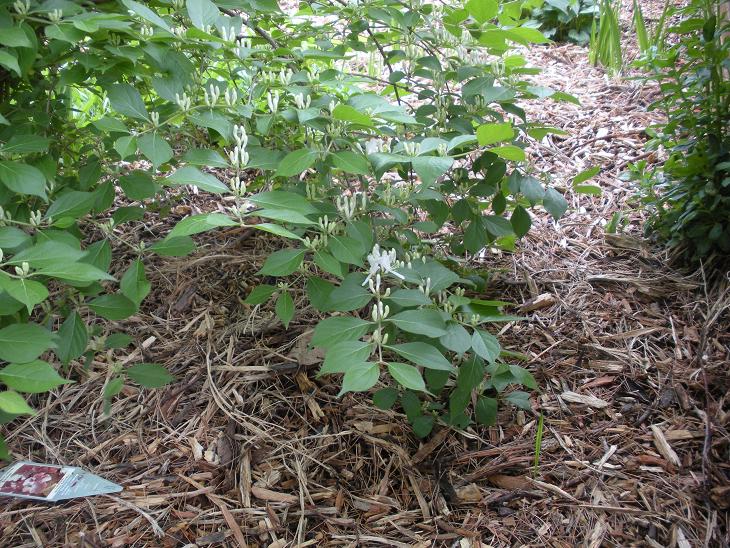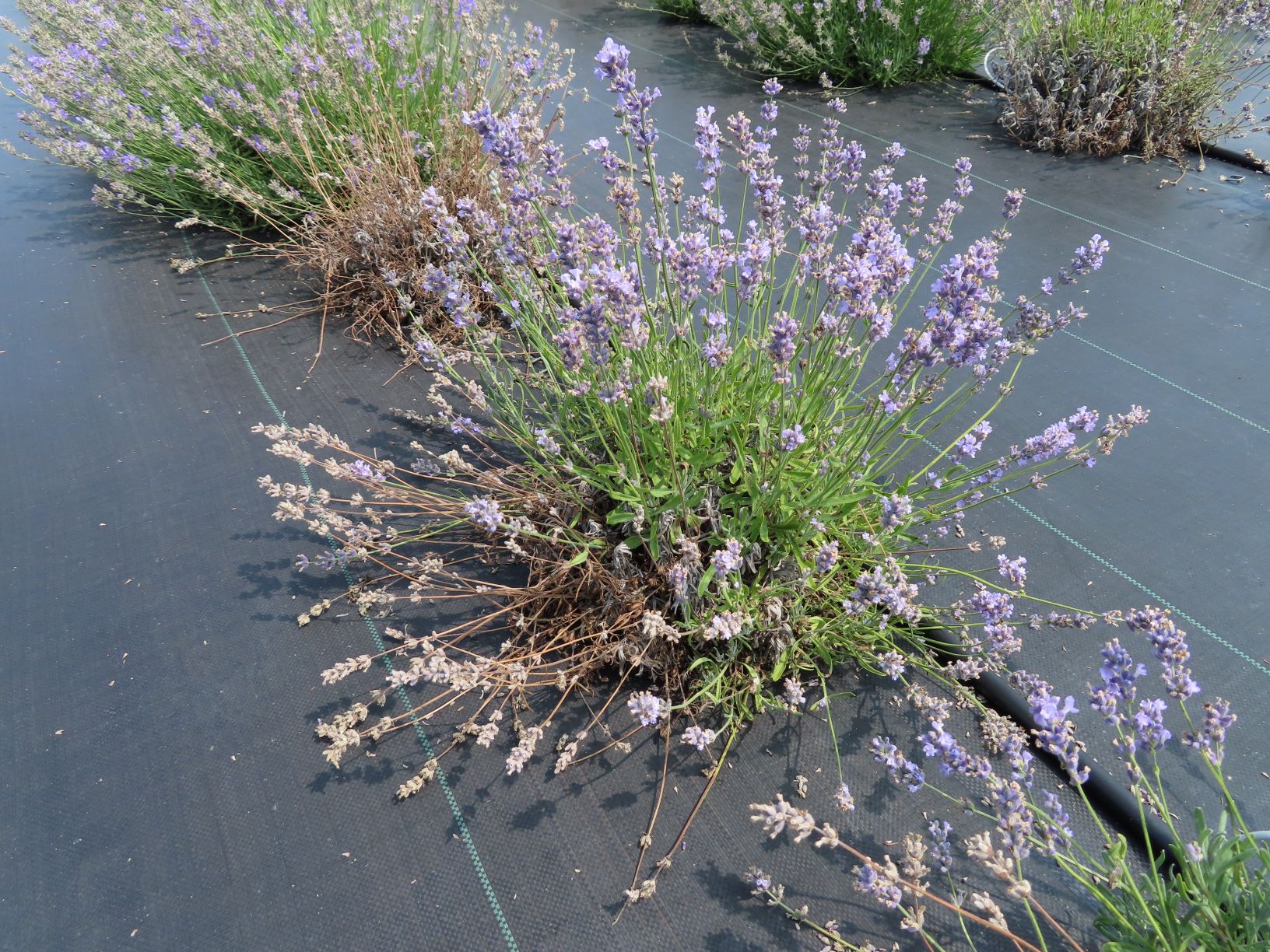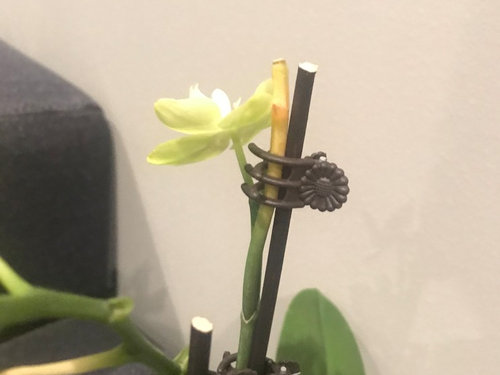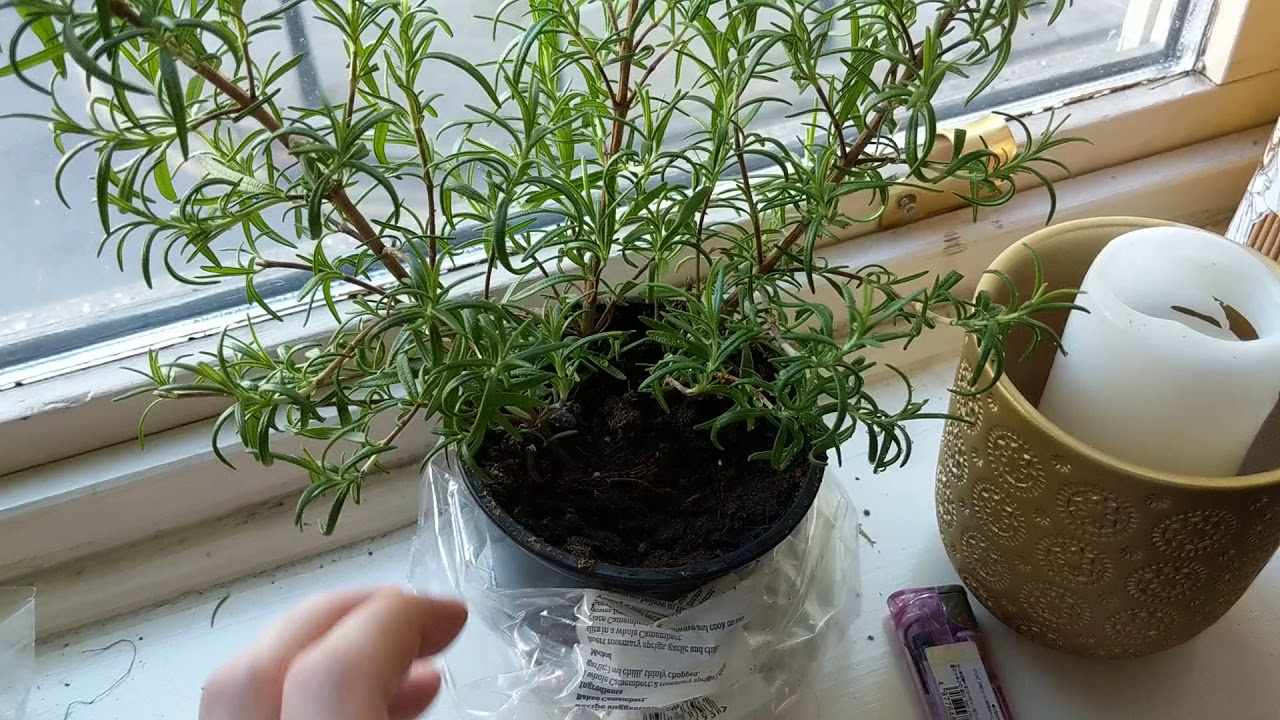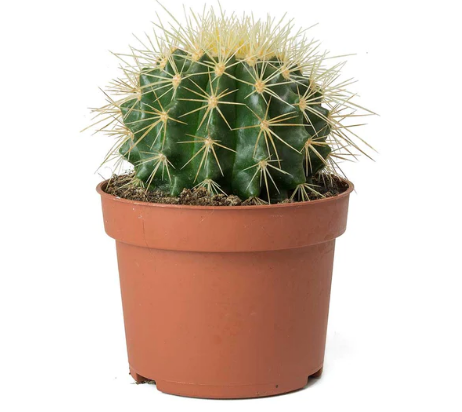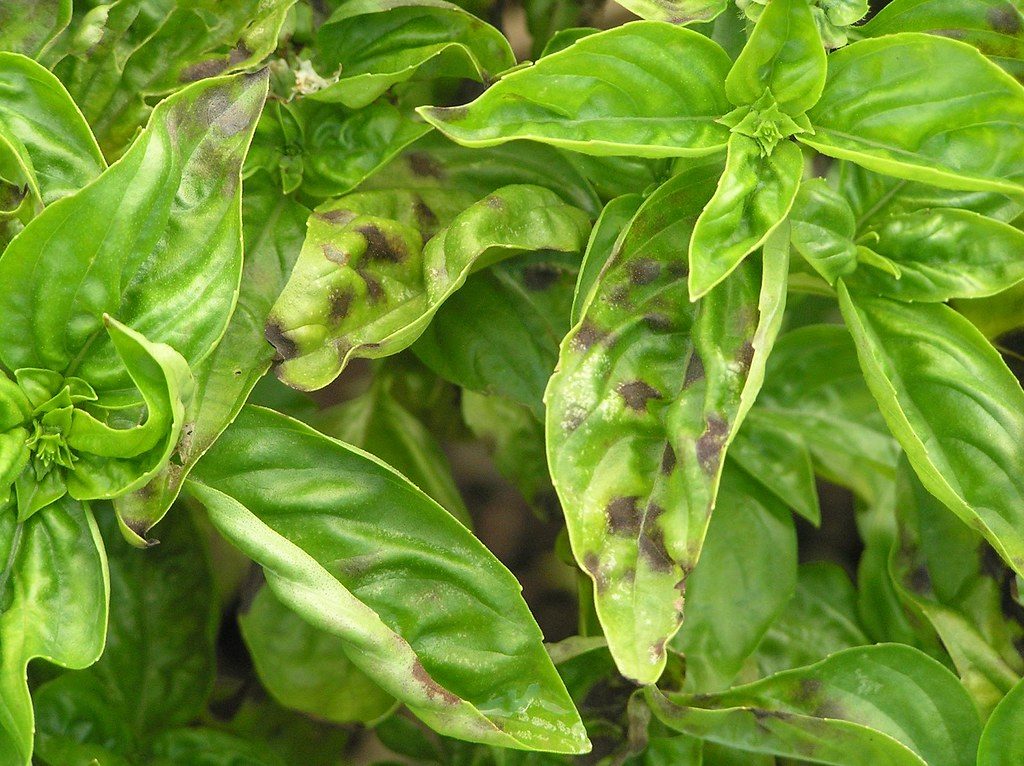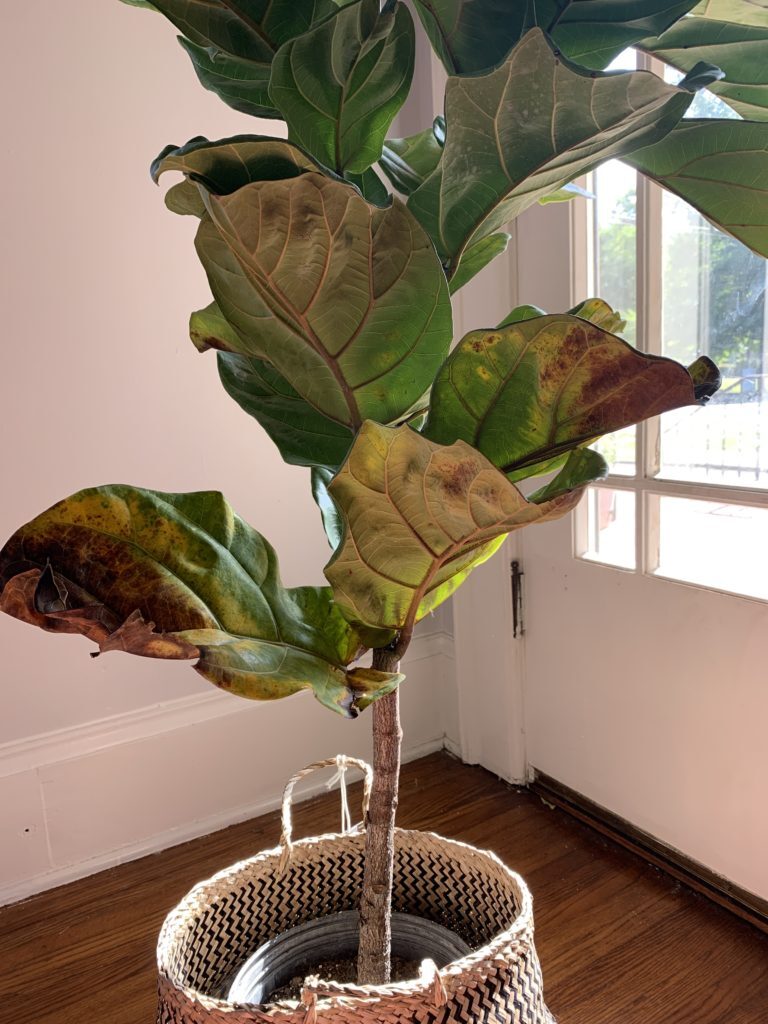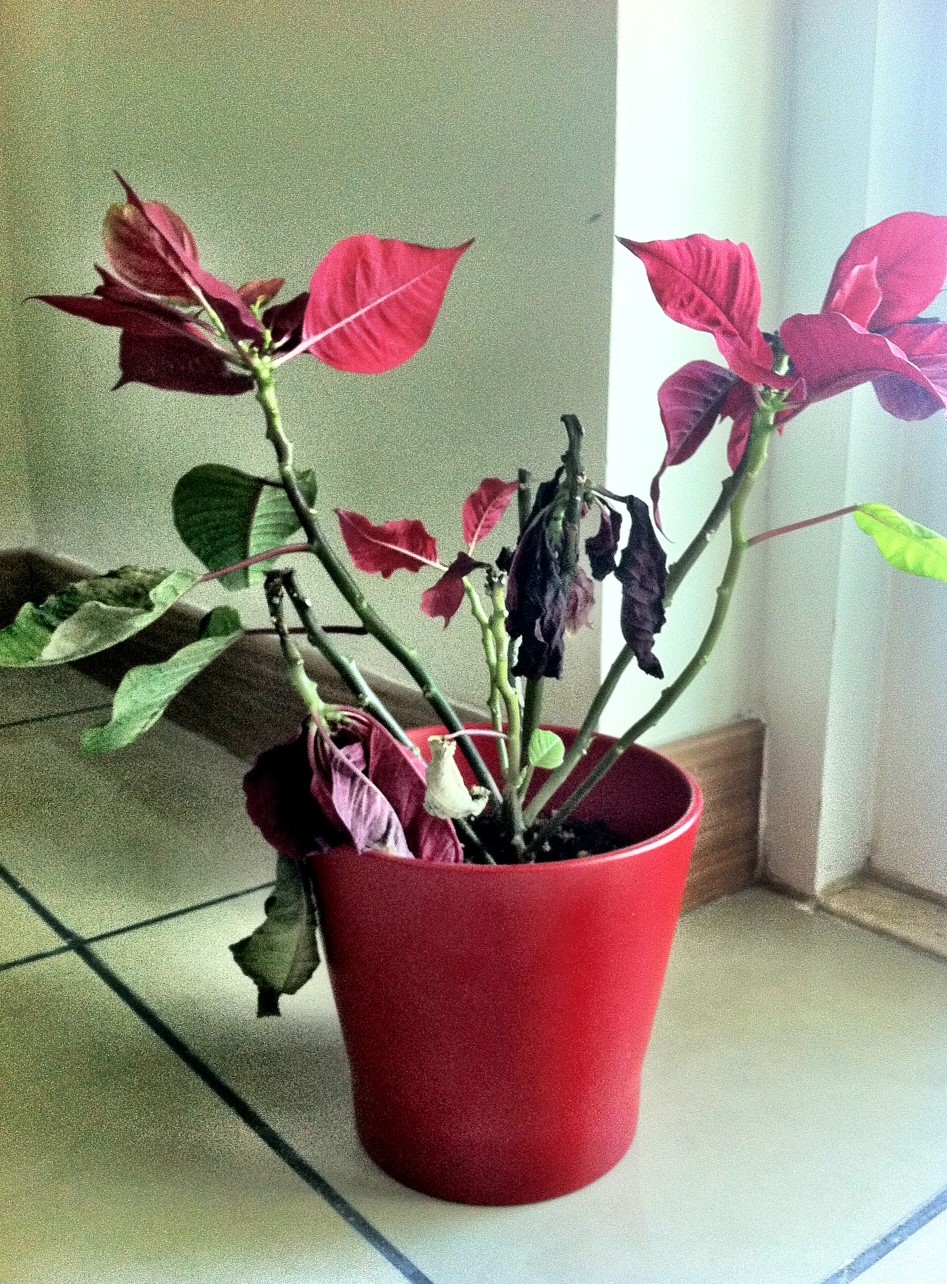How Often and How Much to Water Philodendrons
In the spring and summer, when philodendrons are actively growing, water them with a deep soak once a week. As philodendrons prefer more humidity, mist the leaves with water twice a week. In the winter, water philodendrons about once every ten days. Continue reading to discover the best watering techniques and how to determine whether …

